Italia has a most oec pasta produces. Most countries import Italian pasta. Countries in the world like Belgium, China, France Poland, the United state, and Canada has a very good market, and Germany and England also had positive growth in the past years.
Russia and Canada are also importers of pasta. Afghanistan, Iraq, UAE, China, Japan, Oman, Lebanon, and Kuwait have good Import capacity for macaroni and pasta in Asia When we talk about pasta, we must know the largest export of pasta in the world is Italy. Italy has a lot of potentials to produce all kinds of pasta and macaroni.
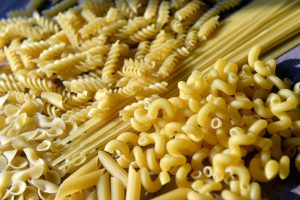
pasta importers
The amount of pasta imports in different countries depends on the per capita consumption of pasta in countries. Now let’s discuss the ratio of per capita consumption of pasta in different countries. Italy also exported 7.1 million tons of pasta as the largest exporter in 2007.
The largest export markets are Italy (20%), France (13.7%), the United Kingdom (12.6%), the United States (5.9%) and Japan (2.4%). Italy exported about 53% of total pasta production in 2007. The largest pasta factory in Italy is Barilla, which started operating in 1877.
The company is a family company founded by 3 brothers and holds 40 to 45% of the Italian market and 25% of the American market and produces about 4,000 tons of pasta annually. Annually, about 13.5 million tons of pasta are produced worldwide, of which 50% in European countries, 22.3% in South and Central America, 1.16% in North America, 4.4% in the Middle East, 4.4%. 3 is produced in African countries and 1.8% in other Asian countries.
Pasta Market Challenges The pasta industry is facing a global challenge. On the one hand, pasta production has doubled compared to 1998, That means pasta production has increased from 4.6 million tons to 1.13 million tons, and in addition, the number of producing countries has increased from 27 to 45 countries, which means the growth of pasta production is 66%.

On the other hand, the number of countries that consumed at least one kilogram of per capita per year has grown from 29 to 50, which means a 42 percent increase in consumption. Pasta production and consumption are not evenly distributed at the moment, and it is possible that the pasta market will not be as booming in the next few years.
As production increases, it must be planned to increase consumption. Increasing production and producing countries is more than increasing consumption, and manufacturers in this industry must focus on finding new markets to sell their products.
Italy’s long history and roots in macaroni and pasta have made Italy as famous for macaroni and pasta as the Tower of Pisa, which is world famous. As mentioned earlier, Iran exports only ten percent of the pasta it produces and has different reasons such as incorrect marketing and packaging, etc.
While the value of the pasta export market in 2020 was more than $ 11 billion, Iran is the 75th largest exporter in the world with exports worth $ 3 million. Italy, China, South Korea, Turkey, and Thailand, the top exporters, shipped more than 50 percent of their exported pasta to international markets by 2020, according to global statistics.
Published statistical data show: that Iran has also been present in this market as an exporter and in 2020 had exports worth $ 3 million, thus ranking 75th in the world.
which country produces the most pasta
Italy produces the most pasta in the world. Well, enough we have said about Italy’s ability to produce and export pasta, now we are leaving out Italy and talking about other countries. Some countries of the world can produce pasta only to the extent of their consumption, while Turkey exports to 154 countries, and our products have the highest production quality.
49% of Turkey’s arable land is dedicated to wheat cultivation, taking into account this amount of 214 kg of wheat per person per year. African countries are among the most consuming pasta countries, of which 68% of Turkish products are exported to these countries.
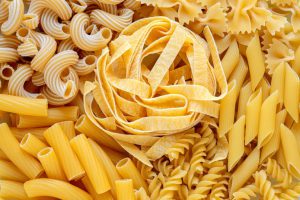
Japan, Iraq, and Venezuela are also in the next categories of exports. According to the Southeastern Anatolia Exporters’ Union (GAIB), past half a million dollars worth of pasta exports have been made in the region over the past ten months, despite a corona pandemic from the cities of Gaziantep, Malatya and Urfa, Diyarbakir, Mardin, AdYaman, Marash, and Kilis. Is.
Southeastern Anatolia plays an important role in the production and export of pasta. Turkey is one of the most important pasta producers in the world, Turkey is the second largest exporter of pasta in Europe and the fourth largest in the world.
pasta importing countries
As we have said, many countries in the world consume pasta and import pasta, most of which are in the Americas, Europe, and Africa. But what is the reason that these countries import pasta? The first is that the country may not produce as much as it consumes and its production may not be enough to consume or that durum wheat from which semolina flour is not grown in that country, or that the country is industrially capable of producing Does not have pasta.
where does flour come from in the world?
Now we will explain semolina flour and where flour come from in the world
Semolina is a type of coarse flour obtained by grinding durum wheat. a type of durum wheat, that is used around the world to make bread, pasta and porridge. Semolina flour is darker and more golden than all-purpose flour and has a mild and earthy aroma. In addition to its widespread use in cooking, semolina has many properties and health benefits, including weight control, heart health, and the digestive system.

Durum wheat, also known as pasta wheat, is the second most widely grown wheat in the world after common wheat, although it accounts for only 5 to 8% of world wheat production. The word durum in Latin means “hard” and this type of wheat is the hardest type of wheat. If reading the above content makes you want to buy the best pasta, I suggest you fill out the special form on the site to prepare the best pasta, pasta, and noodles and get in touch with us.

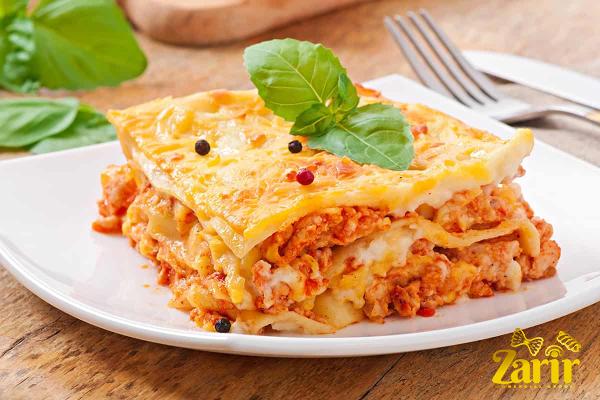
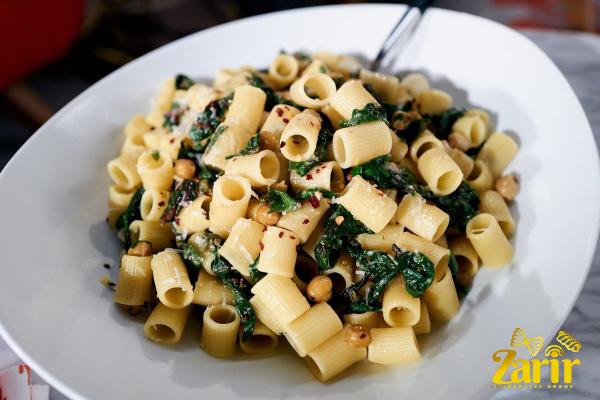
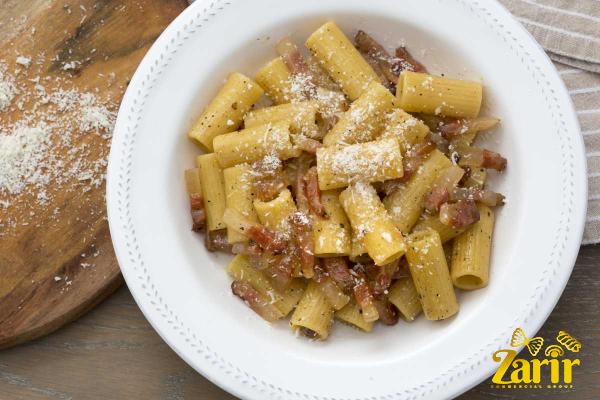
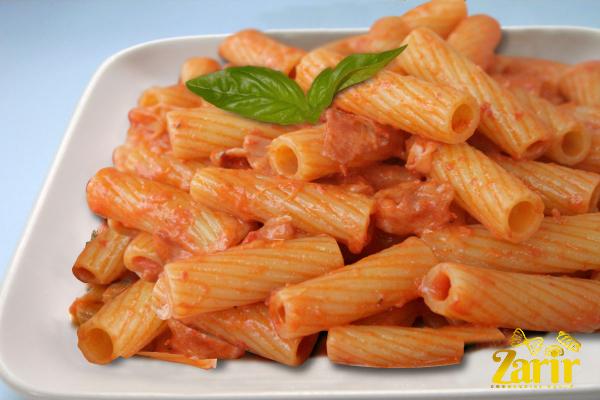
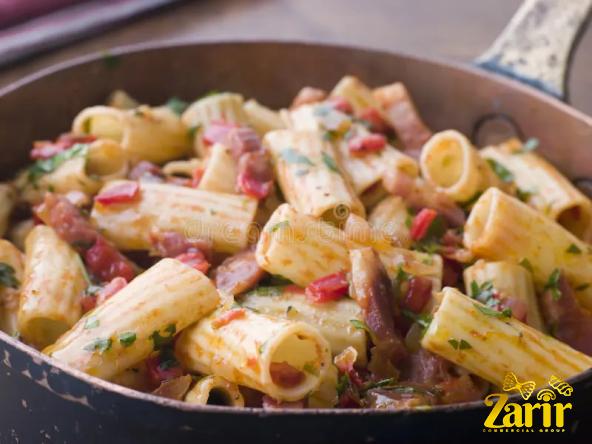



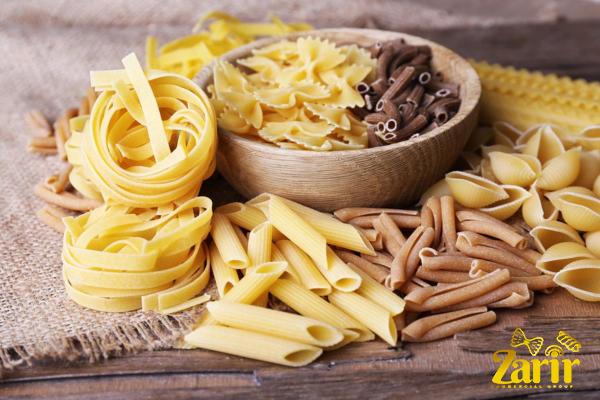
Your comment submitted.